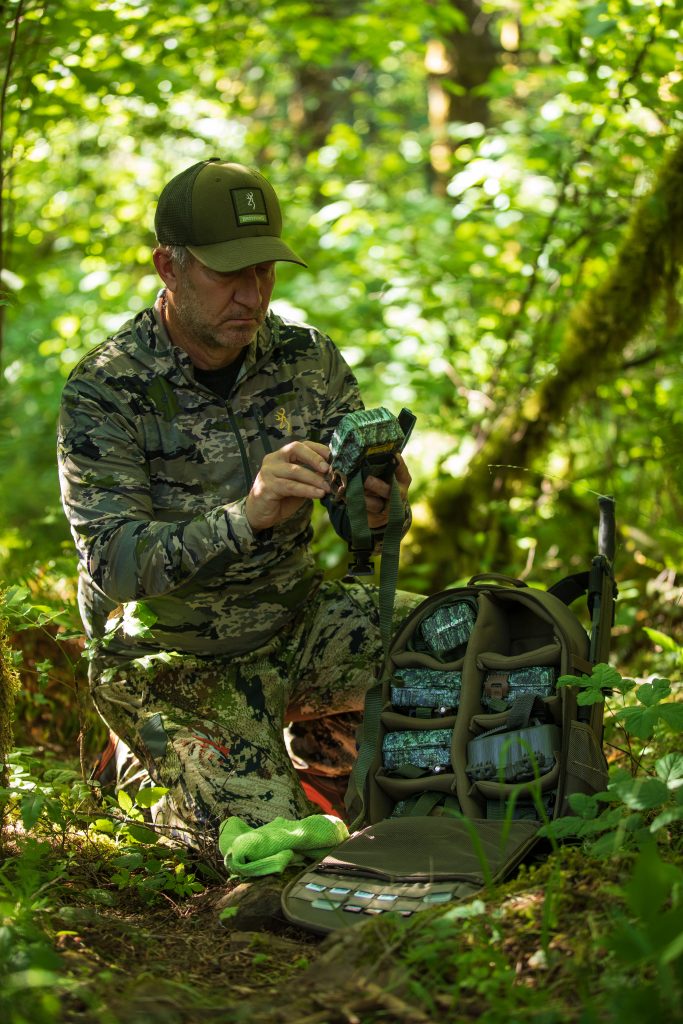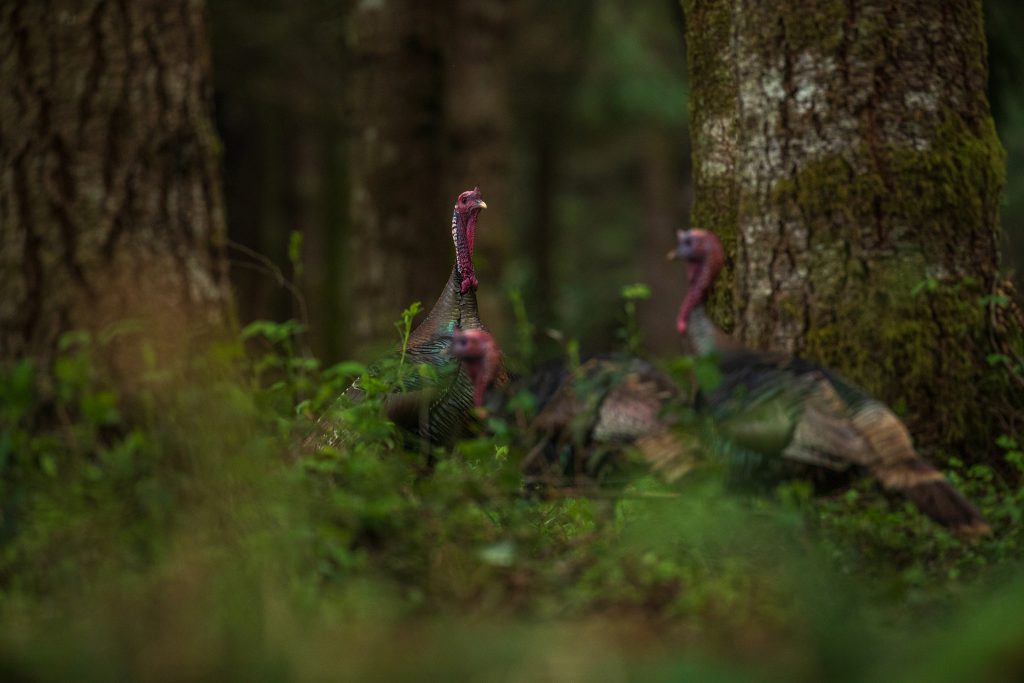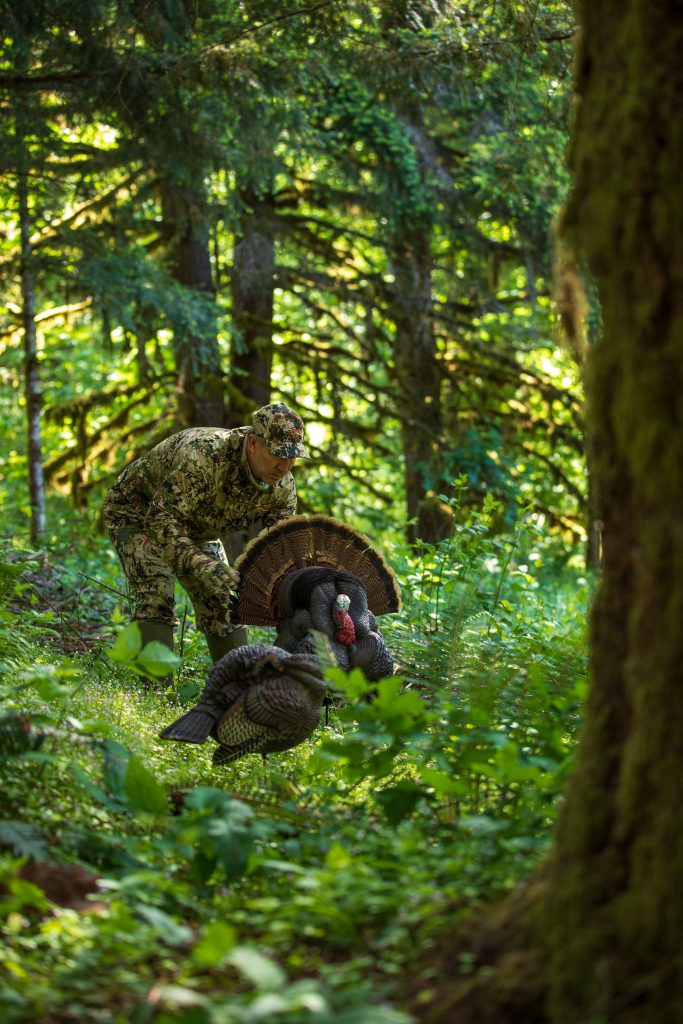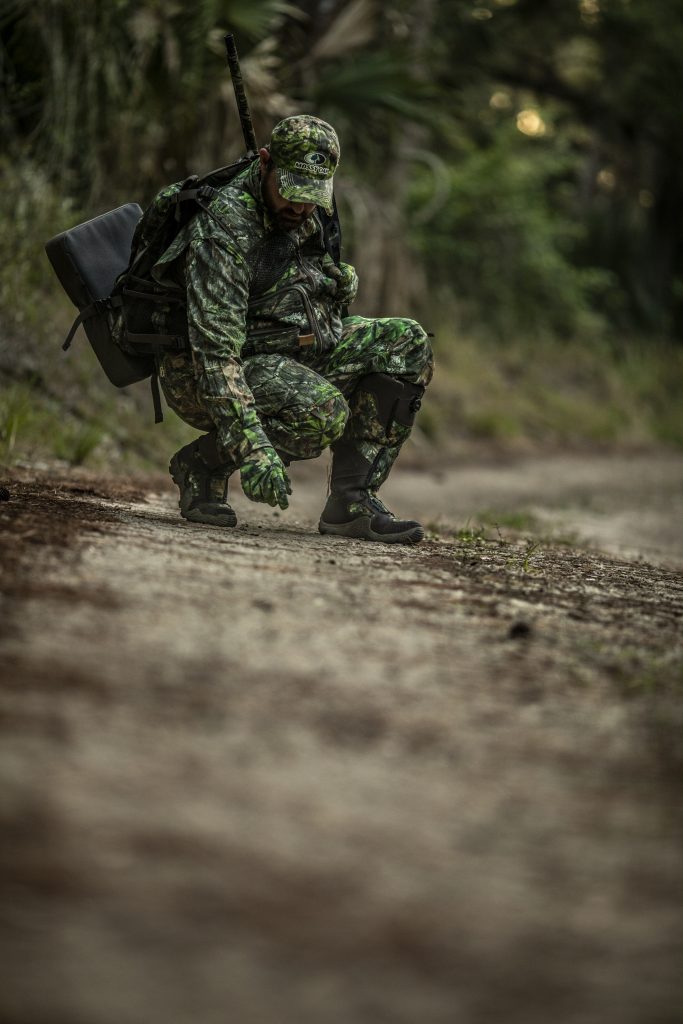Never Too Early to Start Scouting
Preseason scouting, via trail camera or with boots on the ground, exponentially increases success in the spring.

“My name is Scott and I’m addicted to trail cameras!” That’s my comeback whenever my wife says I have a trail camera problem. She doesn’t laugh like she used to. She’s heard it too many times.
I’m a former high school science teacher with a biology degree, grew up in a hunting family and I’m entering my 38th season of turkey hunting. In my home state of Oregon, we didn’t have huntable turkey populations until I was in college. That’s when my turkey hunting addiction fledged, in 1986.

My attempts to fully understand wild turkeys is a year-round obsession. Nothing teaches me more about them than running trail cameras, and each passing season reconfirms I have a lot to learn. I have 62 trail cameras set out, mostly for turkeys. Thirteen trail cameras are transmitting models targeting predators, the rest I physically check. I check them at least once a week. It’s a pleasure, not a burden, and it offers the ultimate education.
Transmitting trail cameras are convenient, but if you really want to optimize your turkey knowledge, go into the woods to check cameras. Being in the woods reveals findings you’ll never get sitting at home. You’ll find turkey feathers, tracks, scat, predator sign, discrete travel routes, watering sites, food sources, and you’ll hear and see things from afar that you’ll never catch on camera.
For the past 24 years I’ve made my living as a full-time freelance writer. I don’t consider myself a journalist. I’m a hunter first, writer second. I love being in the woods and learning on my own. I cover ground, look, listen, speculate and draw conclusions, alone. I base my hunting on what I learn while scouting. Then I share the information. I love my job.
Nothing I’ve found teaches me more about turkey population densities, flock dynamics, migrations, breeding cycles, clutch sizes, travel routes, seasonal shifts in territory and the impact predators have on turkeys than running trail cameras. I set cameras on game trails, the edges of meadows, deep in the forest, on creeks, along rivers, on farm roads in the valley and in the timber at 3,000 feet in elevation.
I also physically scout for turkeys. Now is when I begin looking for toms I’ll be hunting in the spring. Once bachelor flocks of mature toms are located, along with big winter flocks of hens and young, I’ll move trail cameras to those areas. I’m looking for toms and tracking hen movement. Some areas I’ve been running trail cameras for many years, others are set in places I’ve never before seen turkeys. They move with the food sources, especially when flock numbers are high.


As hens disperse from their winter flocks, I move trail cameras to follow them. Toms follow hens too. I’m always amazed at how much ground a tom can cover in a day, sometimes relocating miles from wintering grounds.
Predators also impact turkey locations and prorogation, thus when and where I hunt. Last spring when hunting and scouting ― I scout all hunting season ― I only laid eyes on one clutch of chicks. But I caught seven clutches on multiple trail cameras. The average clutch size was 11 poults. In just under three weeks the estimated poult population dropped from 77 to four. Those four survived and later in the summer most of the hens re-nested and raised an average of three poults to sub-adult stage.
Trail cameras revealed bobcats hunting poults at night as they roosted in trees. I caught ravens and multiple raptors preying on poults. The predator activity was so intense it kept turkeys in the timber all spring, and that’s where I ended up punching three tags, all on big toms. It was more like hunting big game than turkey, as toms were in thick timber, using deer and elk trails, rarely hitting open meadows to feed. Had it not been for trail cameras, I would have struggled to fill tags last season. My eyes were opened even more as to how impactful predators are on turkey populations, and how resilient these birds are.
When scouting, I rely on 12x binoculars and a spotting scope. The goal is to watch birds from afar without their knowing I’m there. I’ll record age groups, overall numbers, then set trail cameras in the area to learn more. I set all cameras on video mode because a video clip captures sounds and sights a still image never will. I’ve captured predators attacking turkeys, a single hen calmly walking by while a cacophony of toms gobbled off camera, and often catch toms I rarely see with the naked eye. A 30-second video clip is nice, one minute or more, even better.
It takes time to scrub through video clips but that’s a small price to pay for knowledge. I can’t be in 60 places at once, but my cameras can.
When it comes to turkey hunting, it’s never too early or too late to scout. Each year I’m humbly reminded at how much I still have to learn, but it’s the desire to discover that makes pursuing these birds so special.
Note: For signed copies of Scott Haugen’s popular book, Western Turkey Hunting: Strategies For All Levels visit www.scotthaugen.com.